39 how to read nutrition labels fat
Understanding Food Nutrition Labels | American Heart Association 1 - Start with the serving information at the top. This will tell you the size of a single serving and the total number of servings per container (package). 2 - Next, check total calories per serving and container. Pay attention to the calories per serving and how many calories you're really consuming if you eat the whole package. Nutrient and Calorie Rounding Table | How To Read Nutrition Labels Nutrient and Calorie Rounding Table | How To Read Nutrition Labels Nutrient and Calorie Rounding Table Shown below are the guidelines used to round off calorie and nutrient amounts: 1/2 Teaspoon in Your Smoothie Burns Fat 728% Faster
How To Read Nutrition Labels To Protect Fat Loss - Wellness WORD Most consumers don't know how to read nutrition labels. Doing so will absolutely protect themselves from making poor unhealthy food choices. The food package copy tells us one thing, while the food's nutrition label on the back paints the true picture. You are in charge of making intelligent nutrition decisions.

How to read nutrition labels fat
Food Labels | CDC - Centers for Disease Control and Prevention Check the Serving size first. All the numbers on this label are for a 2/3-cup serving. This package has 8 servings. If you eat the whole thing, you are eating 8 times the amount of calories, carbs, fat, etc., shown on the label. Total Carbohydrate shows you types of carbs in the food, including sugar and fiber. Interpreting Total Fat and Types of Fat on Food Labels - Nina Cherie ... Now, at the end of the day, since all high-fat foods tend to drive up calorie counts, it's typically recommended that you limit your intake of total fat to 25-35% of your daily calories. Of this amount, saturated fats and trans fats should comprise less than 7-10% and no more than 1%, respectively. How to Understand and Use the Nutrition Facts Label | FDA Nutrients to get less of: Saturated Fat, Sodium, and Added Sugars. Saturated fat, sodium, and added sugars are nutrients listed on the label that may be associated with adverse health effects - and...
How to read nutrition labels fat. Food labels - NHS Front-of-pack labels usually give a quick guide to: energy fat content saturated fat content sugars content salt content These labels provide information on the number of grams of fat, saturated fat, sugars and salt, and the amount of energy (in kJ and kcal) in a serving or portion of the food. How to Read Nutrition Labels for Losing Weight To know what kind of fat is in your food item, you should check further below in Nutrition label. If the Greater amount of Calorie is not coming from Fat, then you should check the sugar content of it. Fat It tells you what type of fat it is, it list total amount of fat, Saturated and trans fats. How to understand Nutrition food labels (EU/UK) - Gemma Sampson This list is to help you through that moment and understand those food nutrition labels. ... Low fat - less than 3g fat per 100g (solids) OR <1.5g fat per 100ml (liquids) High fat - more than 17.5g fat per 100g. Saturated Fat. Saturated fat free - less than 0.1g per 100g/100ml. How To Read Food and Beverage Labels - National Institute on Aging Or you can call the U.S. Department of Agriculture's Food and Nutrition Information Center at 301-504-5414. Understanding percent Daily Value (% DV) The percent Daily Value (% DV) tells how much a nutrient in a serving of the food or beverage contributes to a total daily 2,000-calorie diet.
How To Read Nutrition Labels : Article - GourmetSleuth Then, you would consume two servings, or 500 calories, and 220 would come from fat. General Guide to Calories 40 Calories is low 100 Calories is moderate 400 Calories or more is high The General Guide to Calories provides a general reference for calories when you look at a Nutrition Facts label. This guide is based on a 2,000 calorie diet. This Is How to Read a Nutrition Facts Label on the Keto Diet Macronutrients can be a meaningful way to assess the quality of your diet and decide how certain foods can fit in. Take a scan of a food's total carbohydrates, total protein, and total fat. Depending on your goals, you may want higher or lower numbers for each of these: How to understand food labels | Eat For Health The Nutrition Information Panel on a food label offers the simplest and easiest way to choose foods with less saturated fat, salt (sodium), added sugars and kilojoules, and more fibre. It can also be used to decide how large one serve of a food group choice or discretionary food would be and whether it's worth the kilojoules. Quick Tips for Reading the Nutrition Facts Label - Food and Drug ... To create your Tip Card: 1. Use a pair of scissors to cut along the dotted lines. 2. Fold along the center line. 3. Keep the Tip Card in your wallet or purse. Calories230 Amount per serving Serving...
Learn How the Nutrition Facts Label Can Help You Improve Your Health That means if you consume 2,000 calories in a day, added sugars should account for no more than 200 calories. Read the Nutrition Facts labels on your packaged food and drinks to keep track of sugars, fats, protein, and other nutrients. Most sodium we consume is from salt, and salt is commonly in processed foods. How to Read Food Labels for Fats and Oils Fats and oils can come from many sources, like animal fats, fish, seeds, plants, and nuts. Reading the ingredient lists on products will reveal the source of the fat. For oils and fats ingredient lists, fats and oils are referred to by their common names (e.g., "beef fat," "cottonseed oil"). Like other ingredient lists, the types of fat ... How to Read Food Labels Without Being Tricked - Healthline Still, processed foods that are labeled low-carb are usually still processed junk foods, similar to processed low-fat foods. Made with whole grains. The product may contain very little whole ... Food Labels: Fat & Cholesterol | Home & Garden Information Center The Nutrition Facts label shows you how much fat is in a product, even if the fat is hidden as an ingredient. The serving size and the nutrients listed on this label are consistent, which makes it easy to compare similar products without any calculations. % Daily Values (% DVs) are listed in a column on the "Nutrition Facts" label.
How to Read Nutrition Labels - frederickhealth.org Always check the back of the nutrition label to confirm that the following buzzwords are truly accurate: Fat-free Fortified or enriched Fruit-flavored Good source of Gluten-free Light Low-calorie Low-cholesterol Low-fat Multigrain Natural No added sugar Organic Reduced Zero trans fat
Reading Food Labels | ADA - American Diabetes Association The Nutrition Facts labels on foods are really the key to making the best choices. We'll cover the basics so that these labels make shopping easier for you. You've heard it all. From carb-free to low-carb, to whole and empty carbs, it's hard to know what it all means. Blood sugar highs and lows aren't always easy to understand.
How To Read a Nutrition Label for Bariatric Surgery & Weight Loss Look at servings per container. If this number is more than one, and you plan on eating the entire package, you must multiply all the information (calories, protein, carbohydrates, fats, etc) by that number. STEP 2 Determine the serving size. The most accurate way to do this is with a food scale.
Easy Guide to Understanding Food Labels When You Have High ... - MyDoc Ideally, best to get 0 grams of this per day. Keep in mind that manufacturers can list their products as 0 grams if it has less than 0.5 grams of trans fat per serving. This means that your food may contain trans-fat even if the food label says 0 gram. Therefore it's important to check the ingredient list (more on this later).
Fat Content on Food Labels - Reading Between the Lines The Mayo Foundation continued, "Still, you may be able to tell if a product contains trans fat, even if it's not directly listed on the food label. Look for the words ' hydrogenated ' or 'partially hydrogenated' in the list of ingredients. These terms indicate that the product contains trans fat.
How to Read a Nutrition Label For Macros | POPSUGAR Fitness He also recommended eating 25 to 35 grams of fiber per day, limiting processed sugar, and eating nutrient-dense foods. For macros, he broke down how many calories per gram of fat (10 calories per ...
How to Read Nutrition Facts Labels the Right Way - GoodRx Healthy fats can be a bit harder to find on a nutrition label. They are not required to be listed under "total fat," although some food manufacturers may voluntarily do so. Even if a product does not list these fats, you can identify them by becoming familiar with the sources of each type of fat. Sources of monounsaturated fats include: Nuts Seeds
3 Ways to Read Nutrition Facts on Food Labels - wikiHow Life 9. Know that 5% of a daily value per serving is low and 20% is high. When it comes to nutrients, 5% or less is considered low and 20% or higher is considered high. This means that an item that lists its fat content at 4% can be considered to be low fat.
PDF A Guide to Reading Food Labels - University of Rochester of calories from fat. You should limit the number of calories from fat to 20-35% of your total daily calories. In the sample label, there are 250 calories in one serving and 110 calories from fat. This means almost 50% of the calories in a single serving of this food come from fat. Due to its high fat content, this food is not a healthy choice.
Understand Nutrition Labels - Best10 If a food item has the claim of being "low-fat" on the label, there is less than 3g total fat per 100g or 1,5g per 100ml of the product. Some minced meat and processed meat might say "lean" or "extra lean" on the label. Lean mince has less than 10% total fat and the extra lean mince has less than 5% total fat. 7.
How to Understand and Use the Nutrition Facts Label | FDA Nutrients to get less of: Saturated Fat, Sodium, and Added Sugars. Saturated fat, sodium, and added sugars are nutrients listed on the label that may be associated with adverse health effects - and...
Interpreting Total Fat and Types of Fat on Food Labels - Nina Cherie ... Now, at the end of the day, since all high-fat foods tend to drive up calorie counts, it's typically recommended that you limit your intake of total fat to 25-35% of your daily calories. Of this amount, saturated fats and trans fats should comprise less than 7-10% and no more than 1%, respectively.
Food Labels | CDC - Centers for Disease Control and Prevention Check the Serving size first. All the numbers on this label are for a 2/3-cup serving. This package has 8 servings. If you eat the whole thing, you are eating 8 times the amount of calories, carbs, fat, etc., shown on the label. Total Carbohydrate shows you types of carbs in the food, including sugar and fiber.


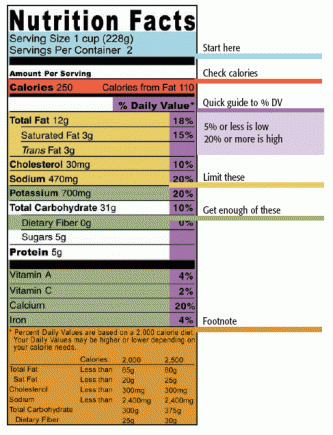
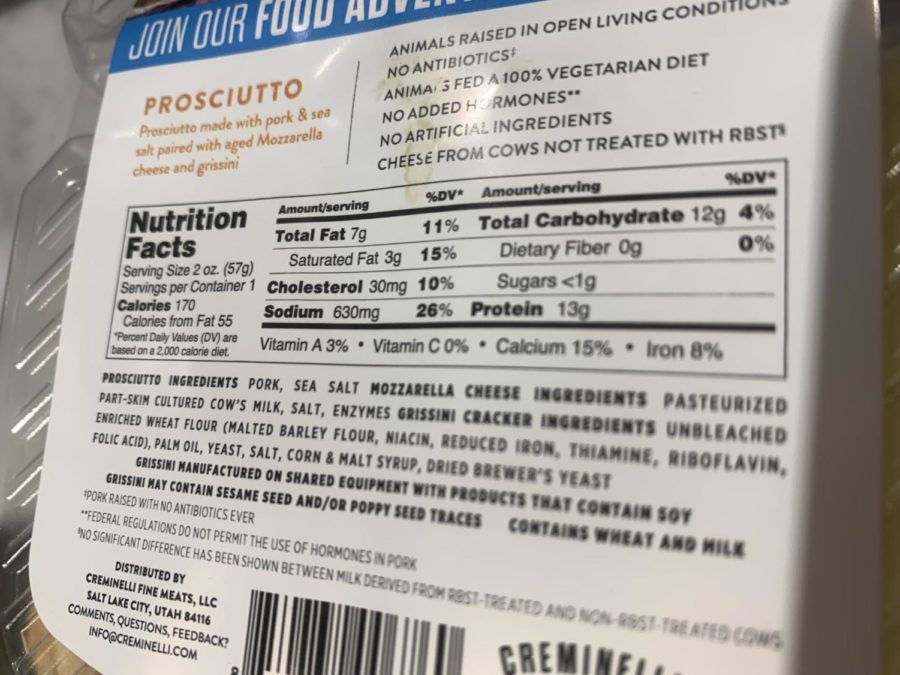
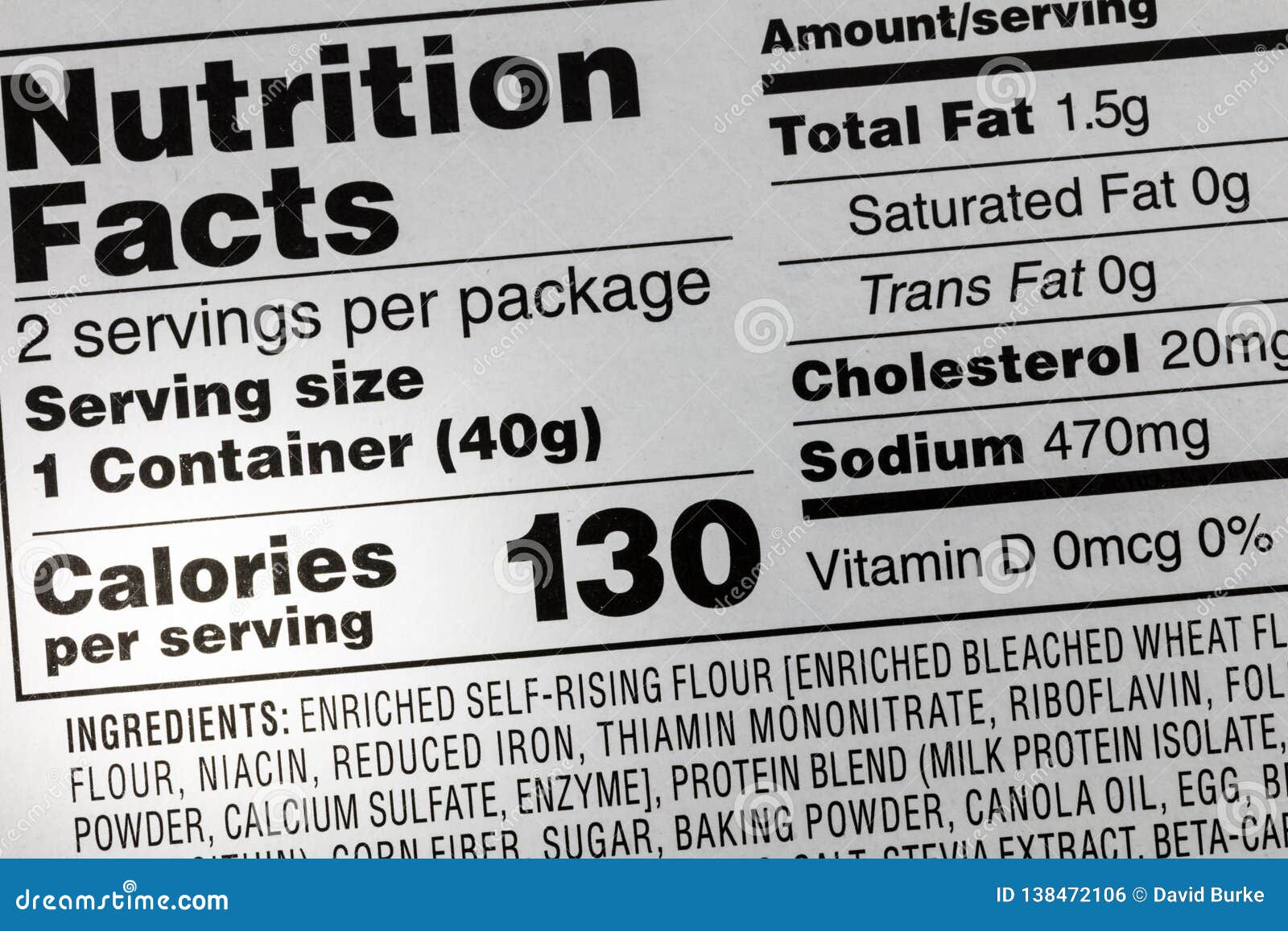

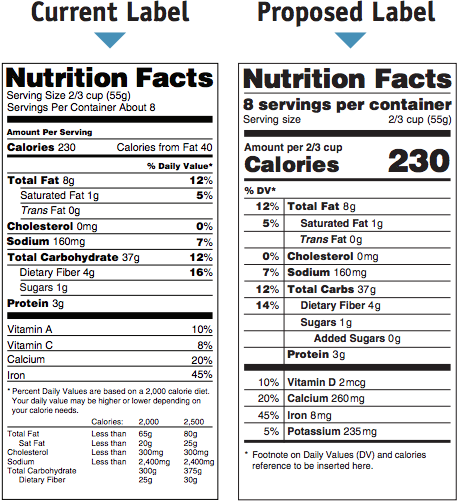

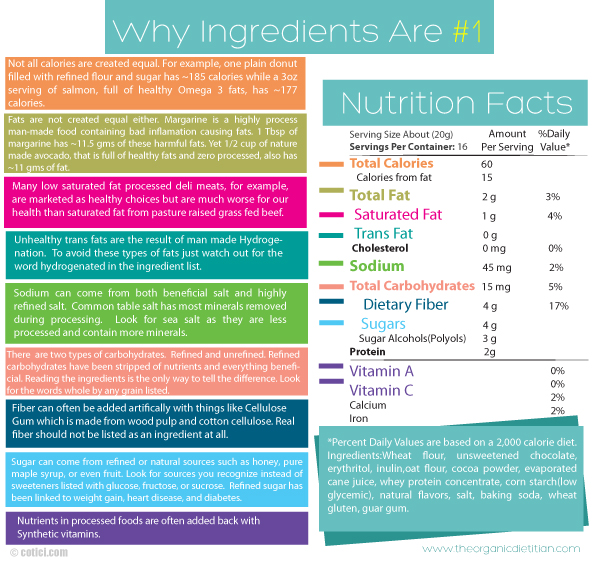


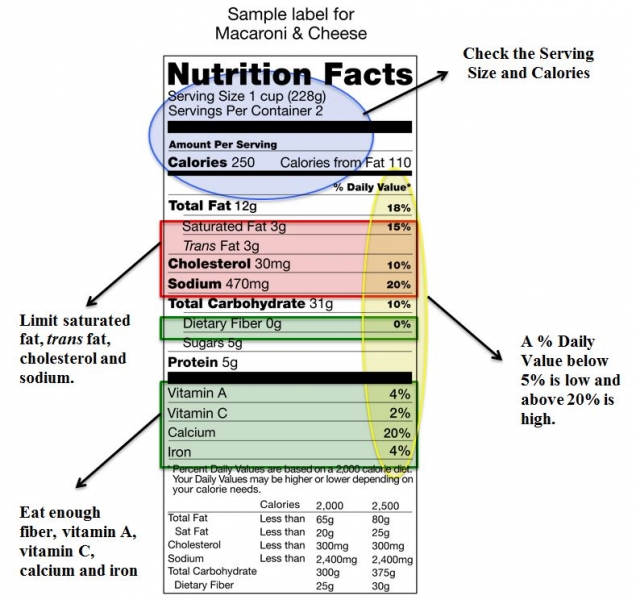


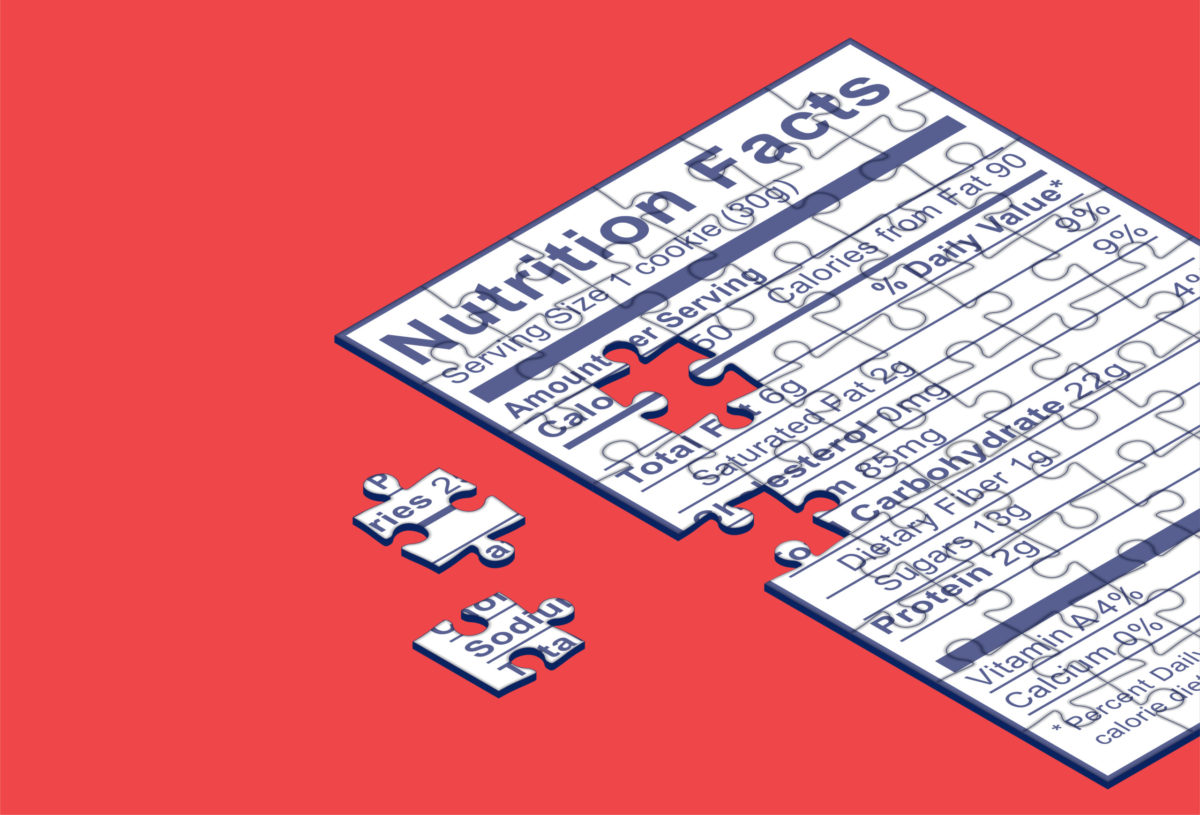
/Untitled-design-1--5755c3703df78c9b46903dab.jpg)
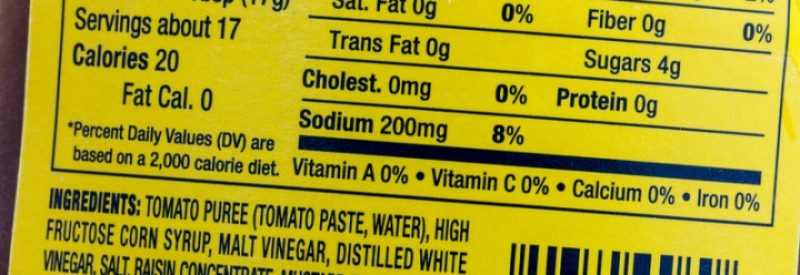


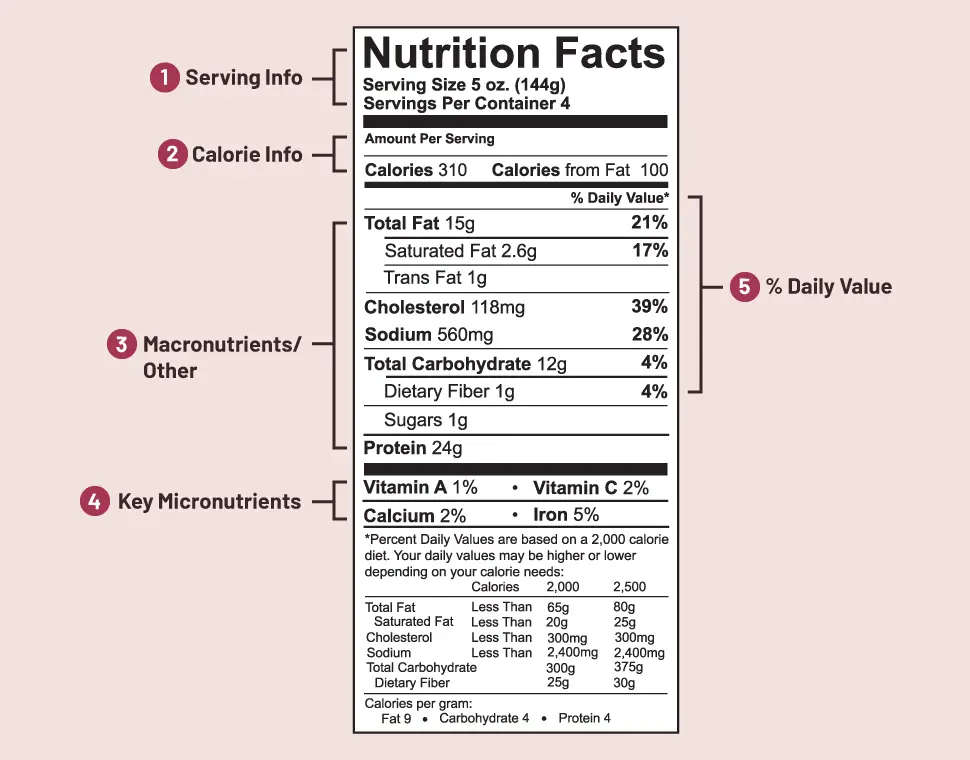
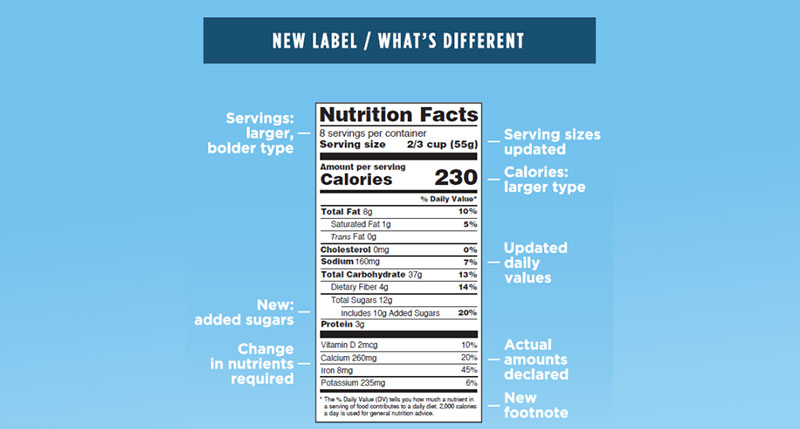
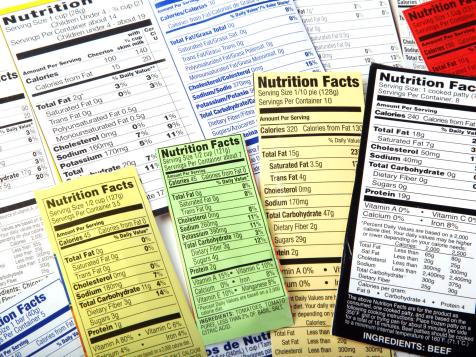
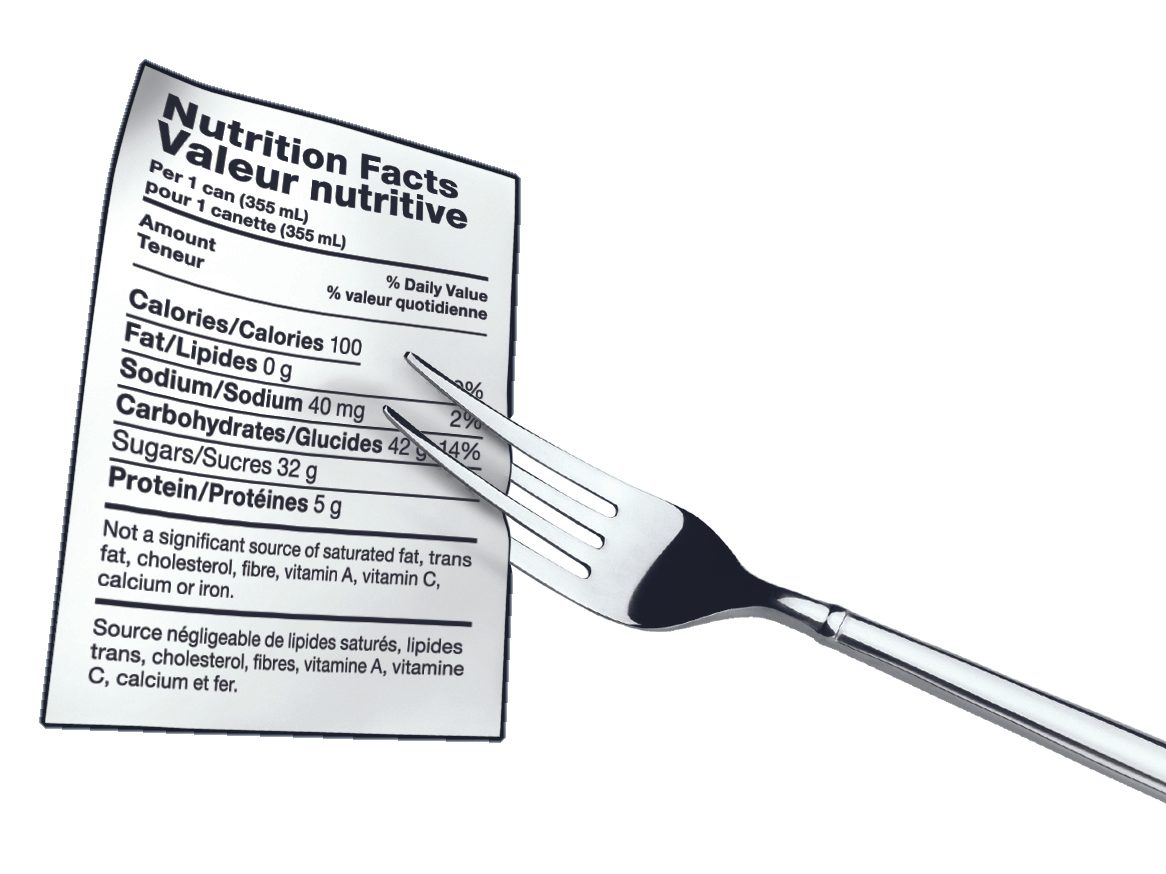
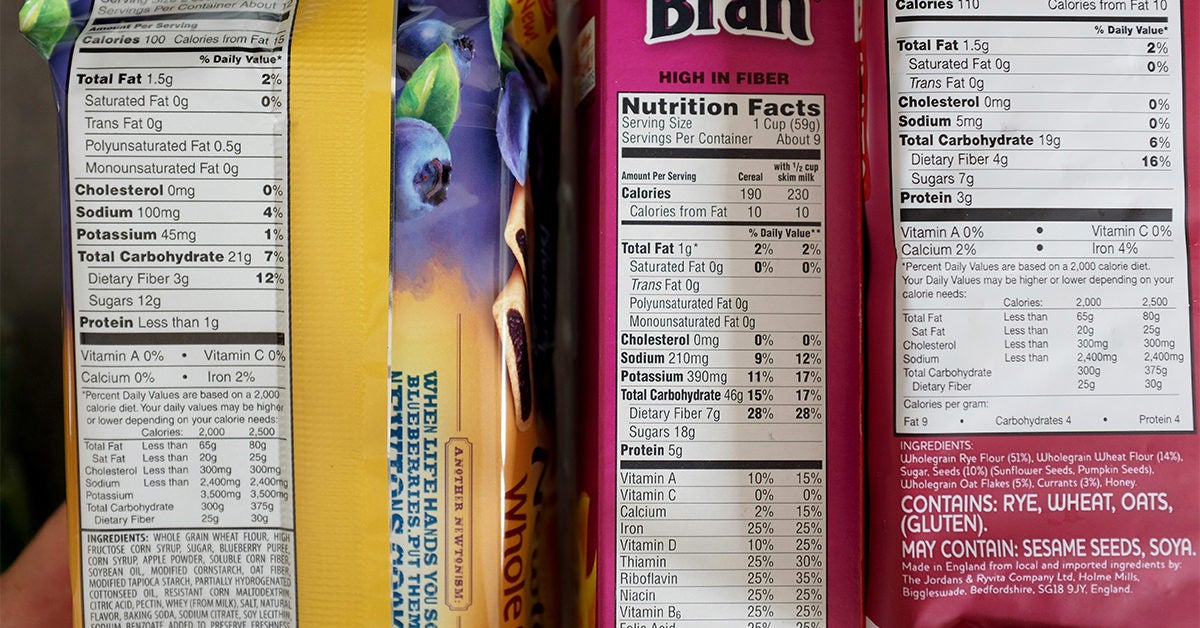



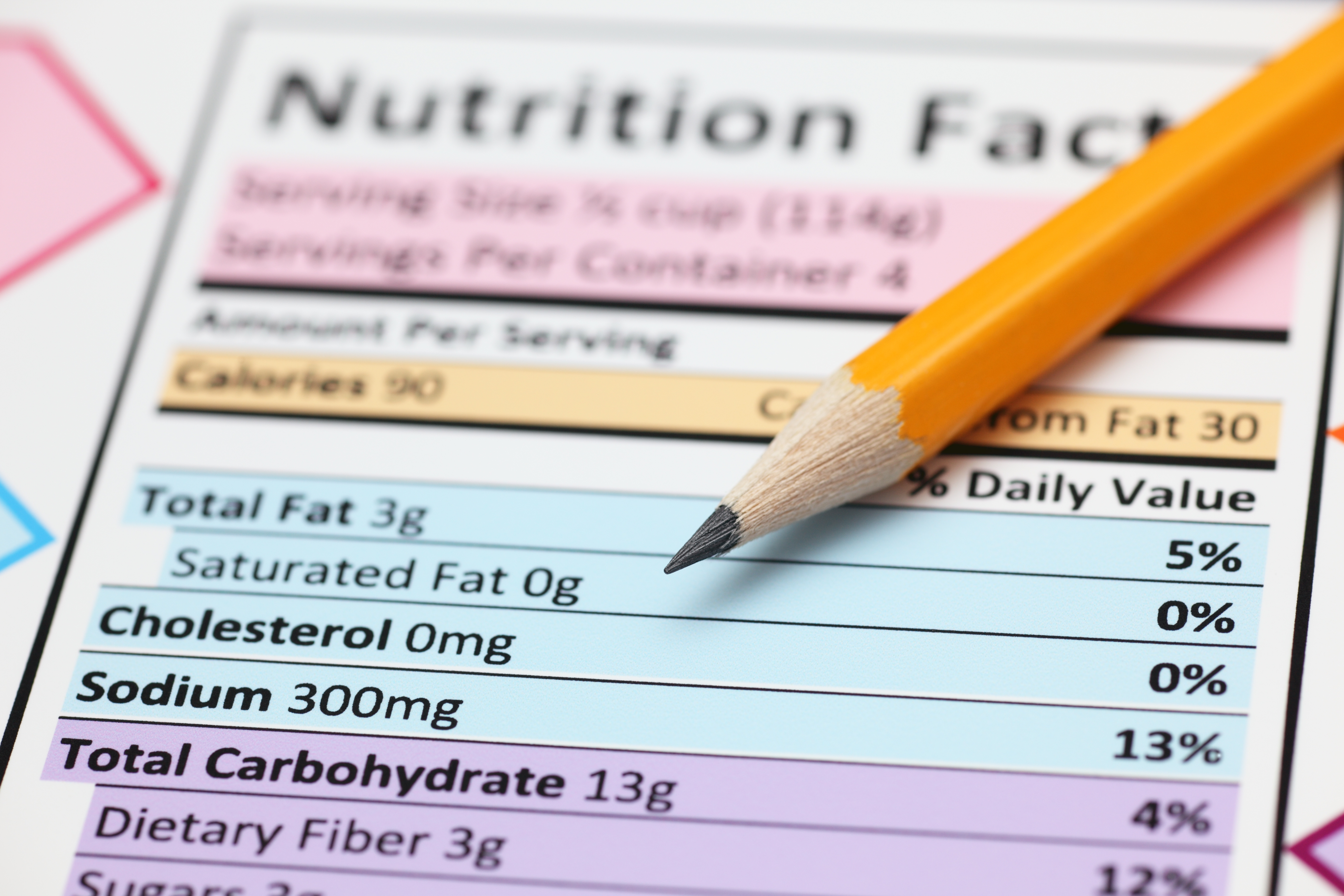



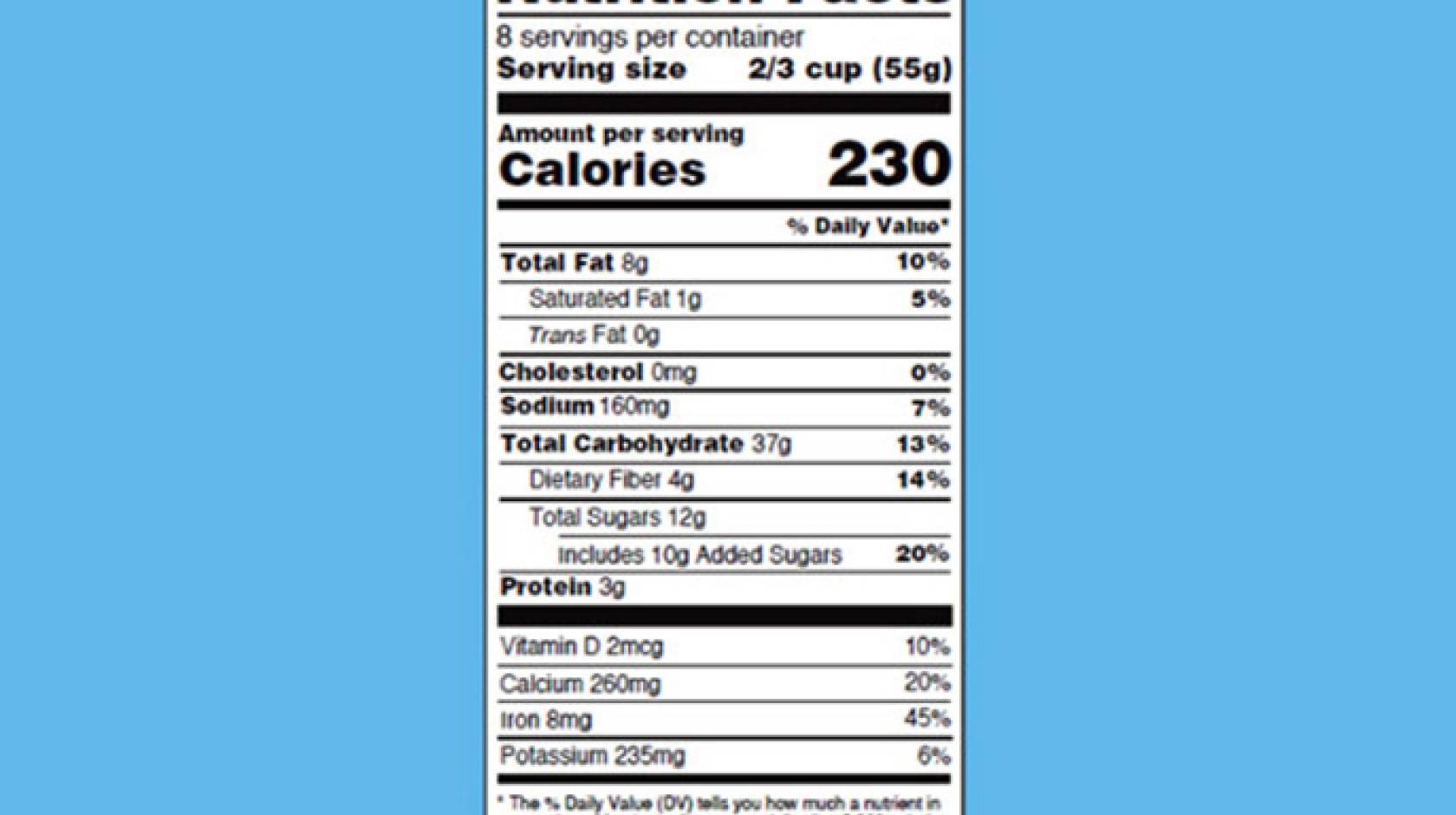
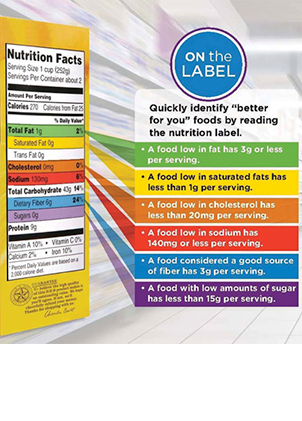
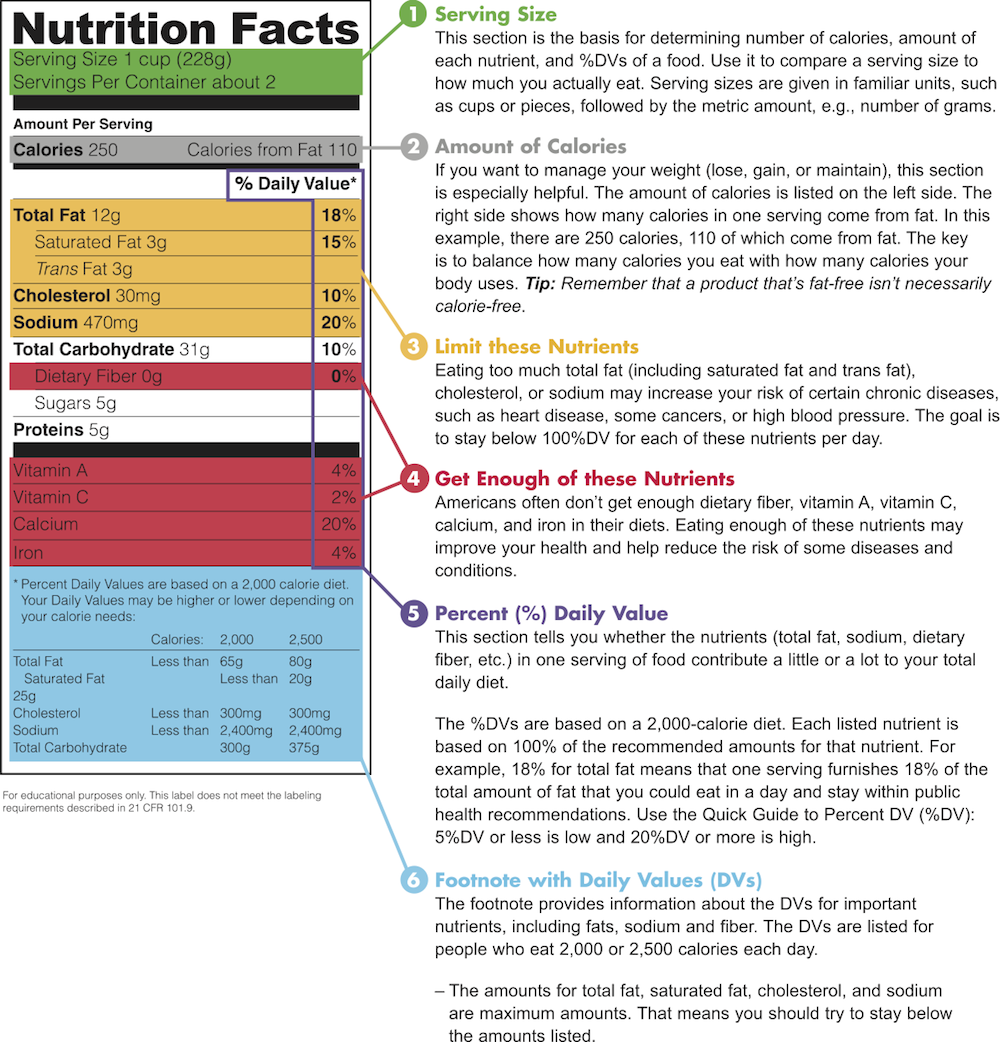
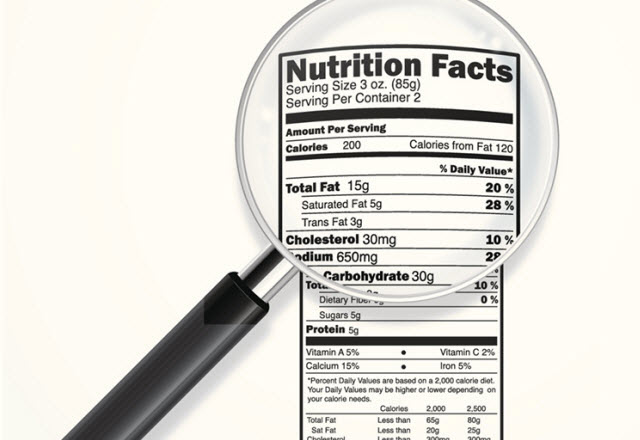

Post a Comment for "39 how to read nutrition labels fat"